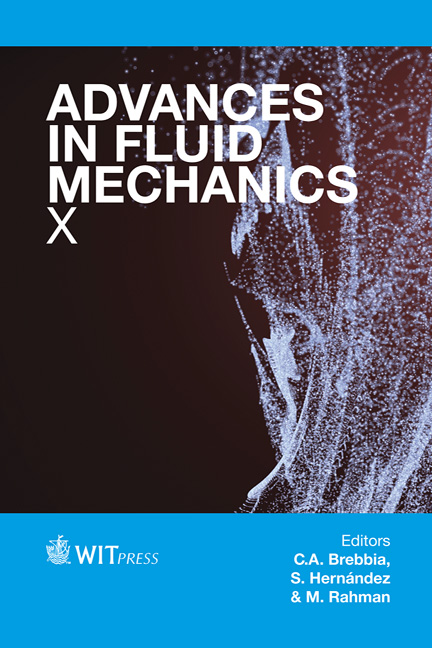The Numerical Analysis Of The Flow And Separation Efficiency Of A Two-phase Horizontal Oil-gas Separator With An Inlet Diverter And Perforated Plates
Price
Free (open access)
Transaction
Volume
82
Pages
10
Page Range
133 - 142
Published
2014
Size
614 kb
Paper DOI
10.2495/AFM140121
Copyright
WIT Press
Author(s)
A. Efendioglu, J. Mendez & H. Turkoglu
Abstract
Two-phase horizontal gravity separators are widely used in the petroleum industry. Design of these separators are based on empirical correlations and the design approach is described by the international standard API12J (American Petroleum Institute). Other literature provides different design approaches for defining the length and diameter of separator. However, there is no clear described method to determine the position of diverter neither in literature nor in API standards. In this study, the main sizes of a separator were determined for a specific oilgas mixture using the empirical correlations from API and literature. To analyze the effects of the position of the diverter and perforated plates on the separation efficiency; two-phase flow simulations were conducted using CFD software ANSYS CFX. The CFD simulations were carried out for two different diverter plate distances from the inlet. The diverter plate was located 100 mm and 170 mm from the inlet. Additionally, simulation was also performed with perforated baffle plates when the diverter plate is positioned 170 mm from the inlet. To estimate the effects of these different configurations on separation efficiency, the CFD simulations results were compared. It has been observed that perforated plates and position of the inlet diverter affect the separation efficiency. When the inlet diverter is located 100 mm from the inlet, the separation efficiency of 98.5% is obtained. When the inlet diverter is located at a distance 170 mm from the inlet, the separation efficiency increases
Keywords
oil-gas separator, two phase flow, CFD, API 12J





